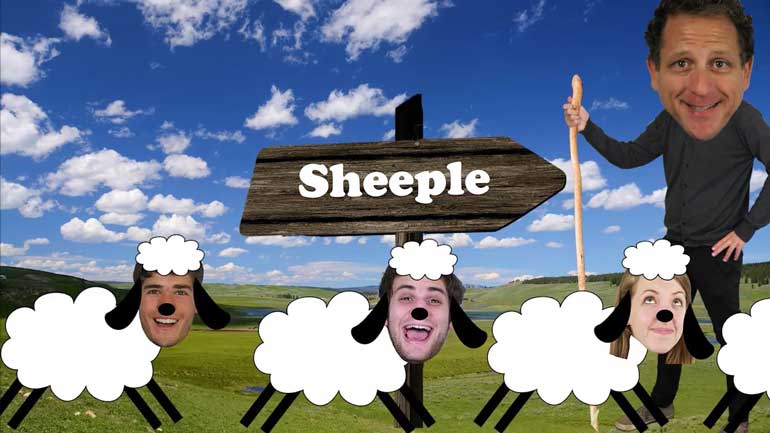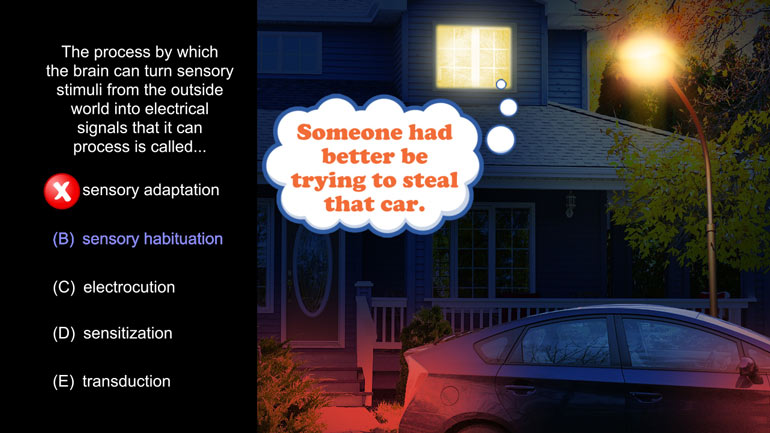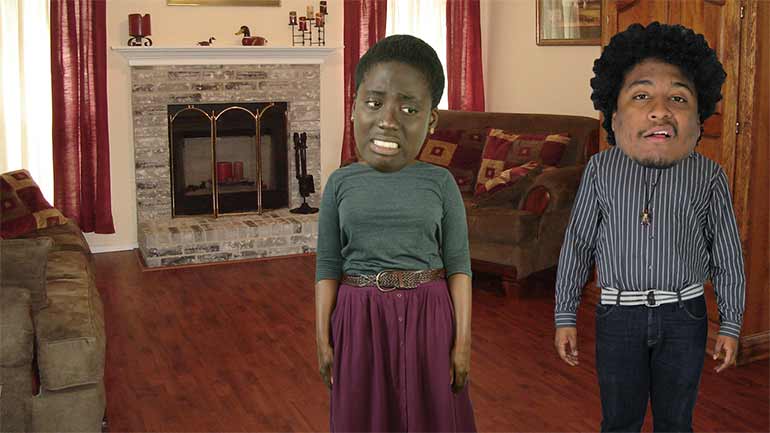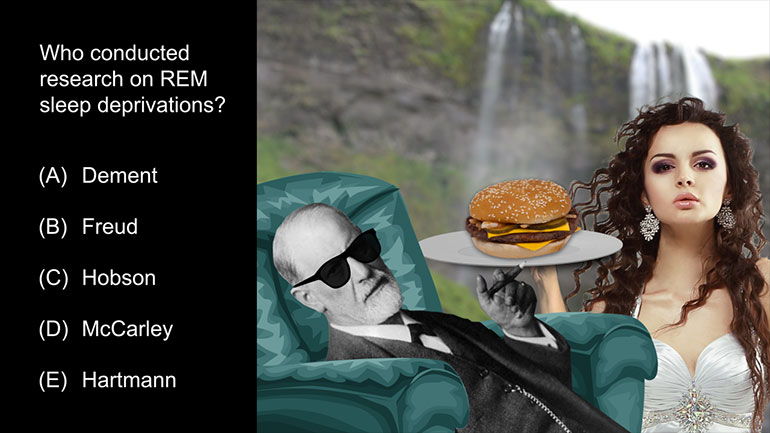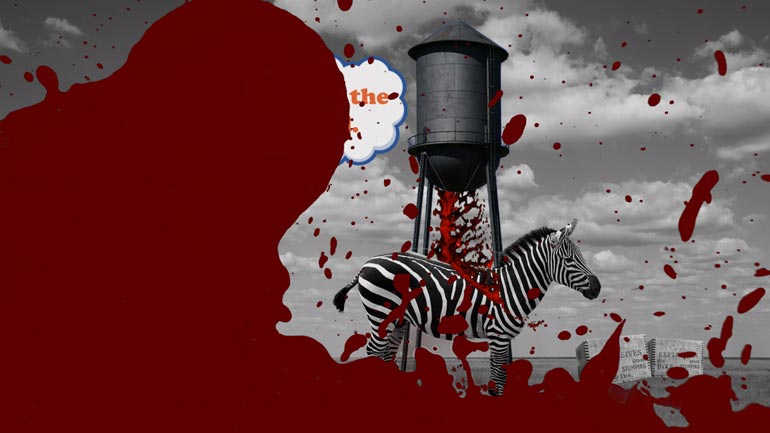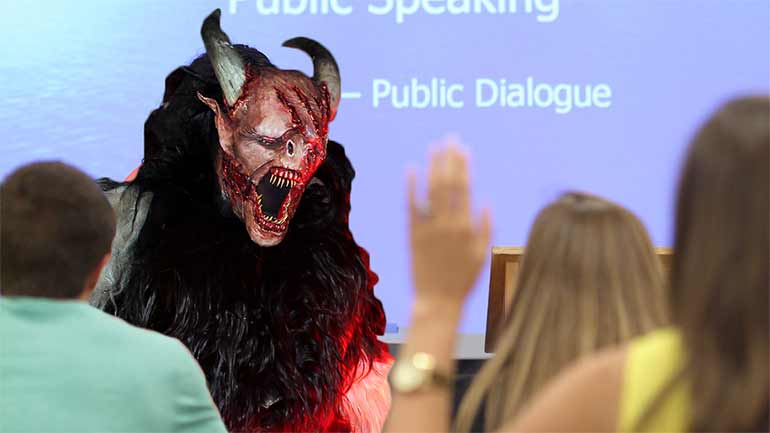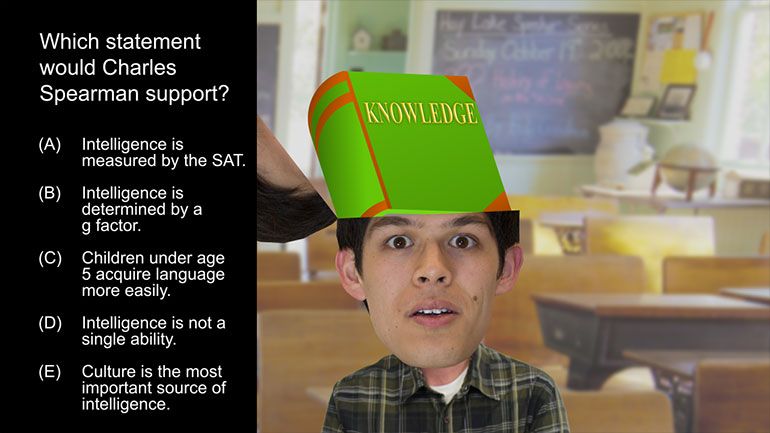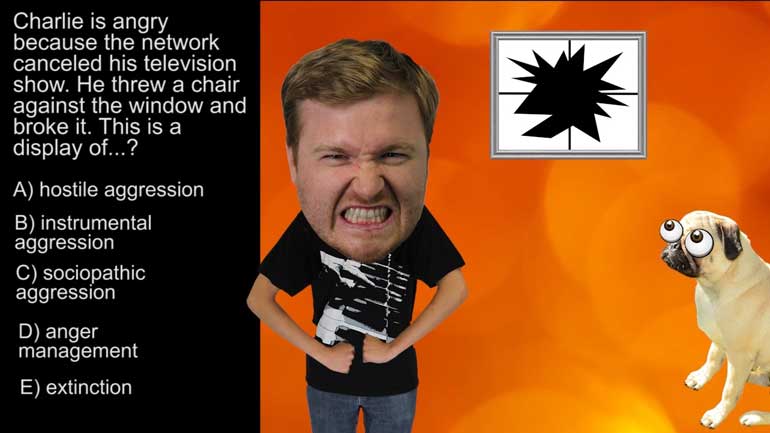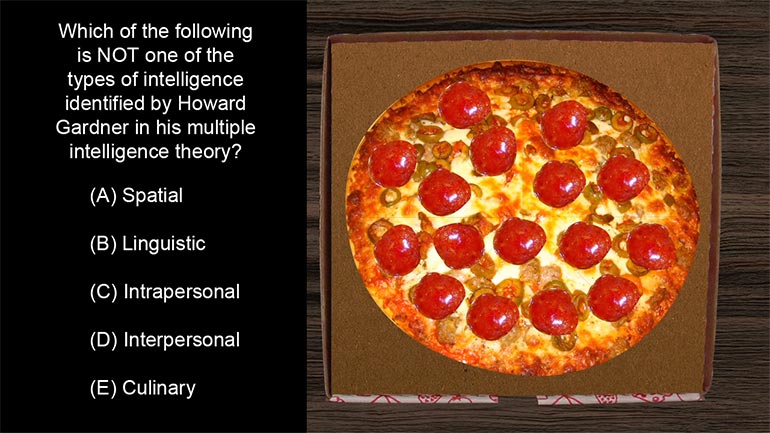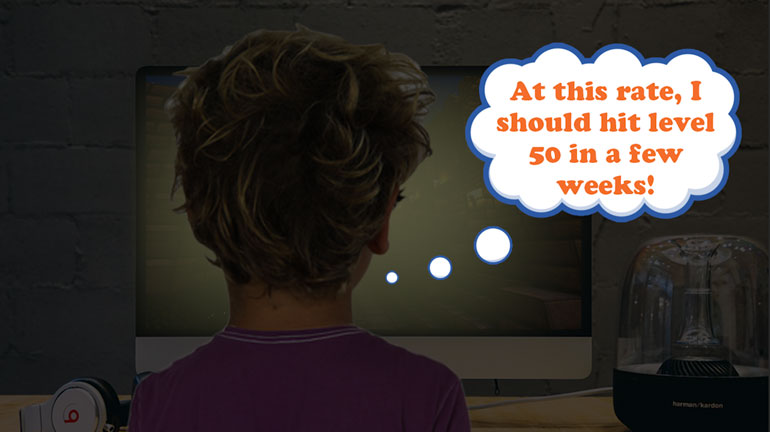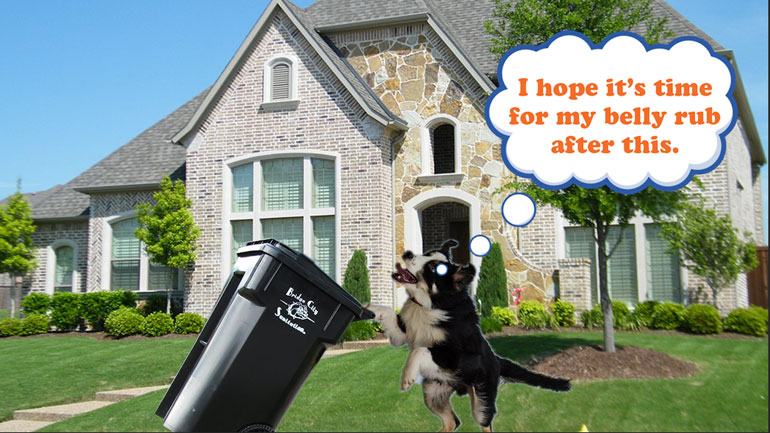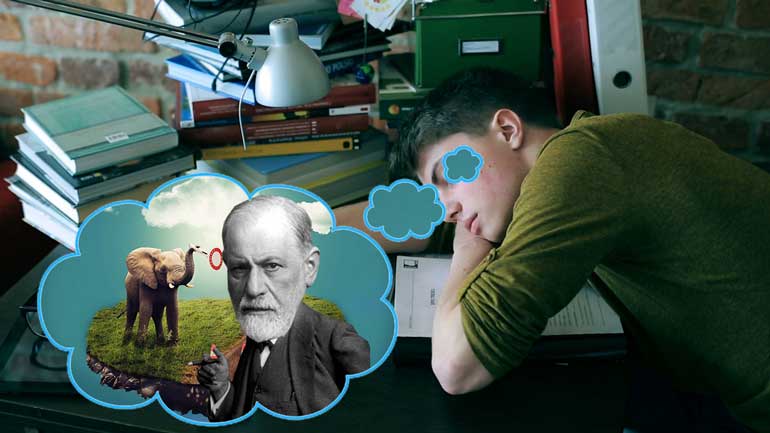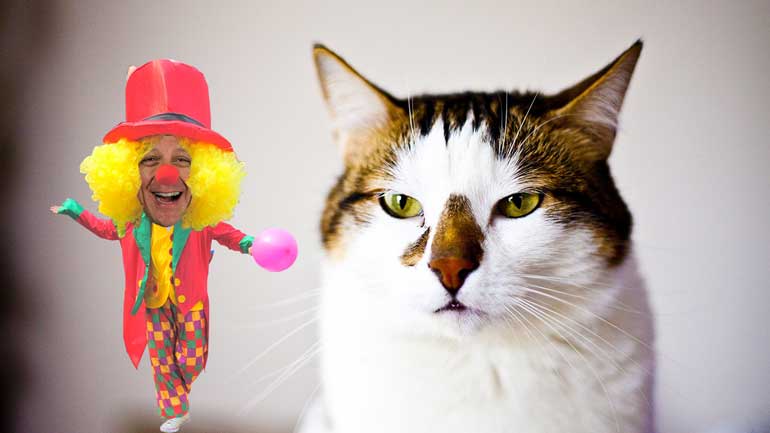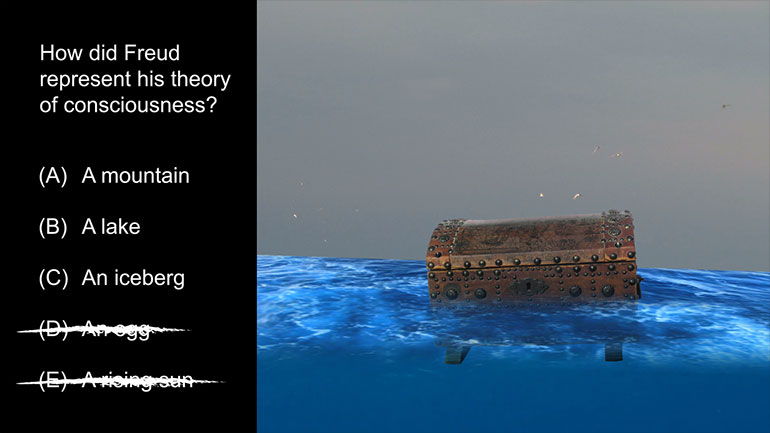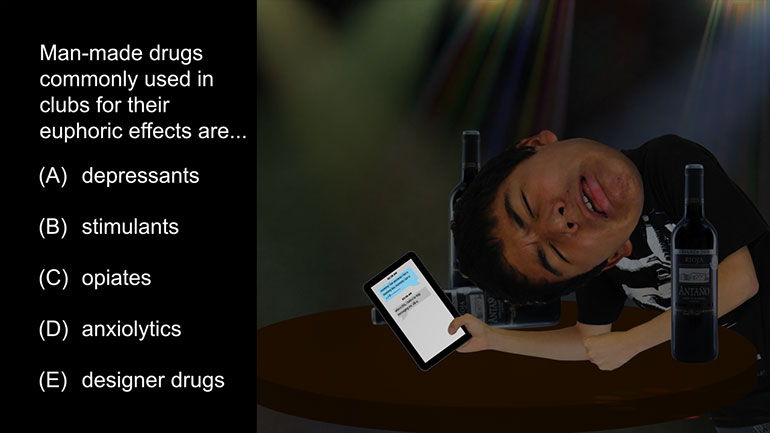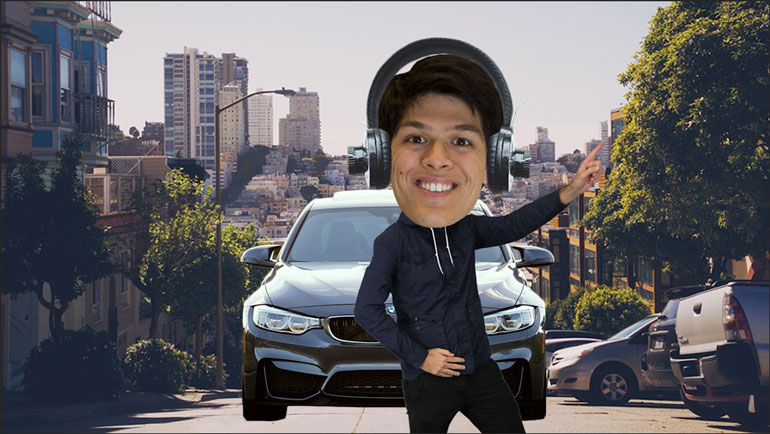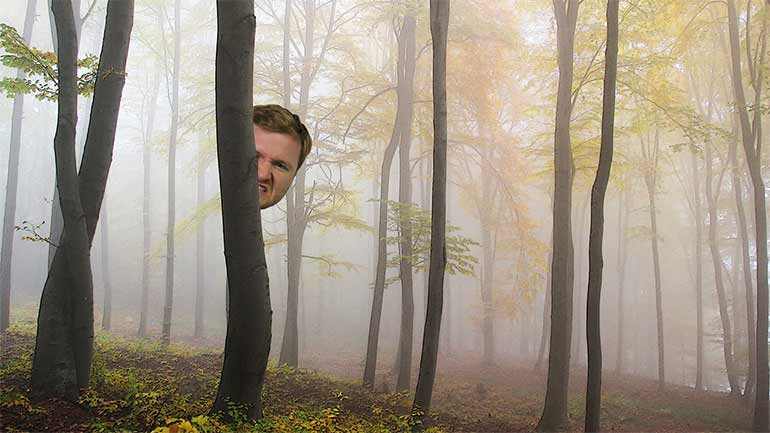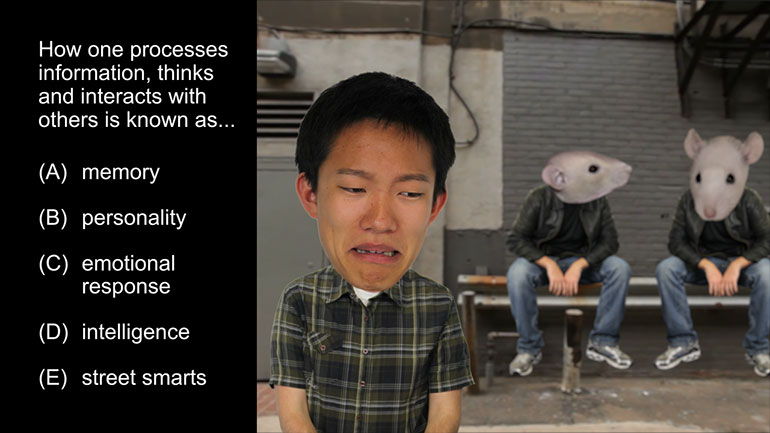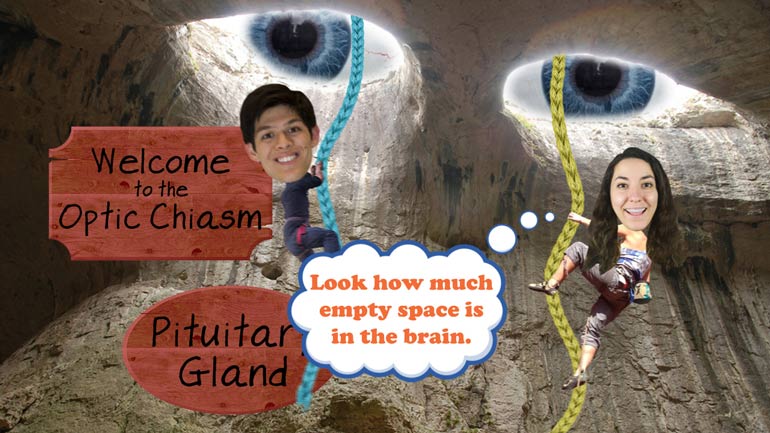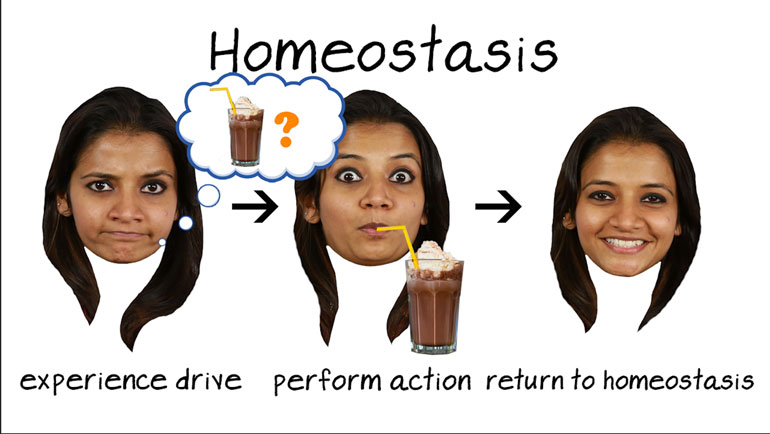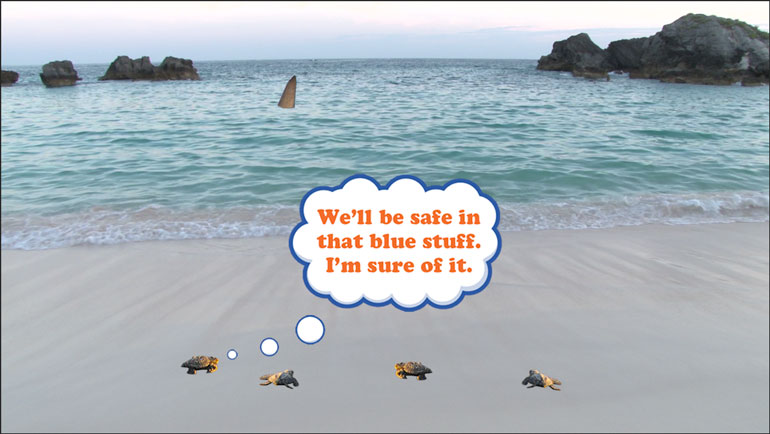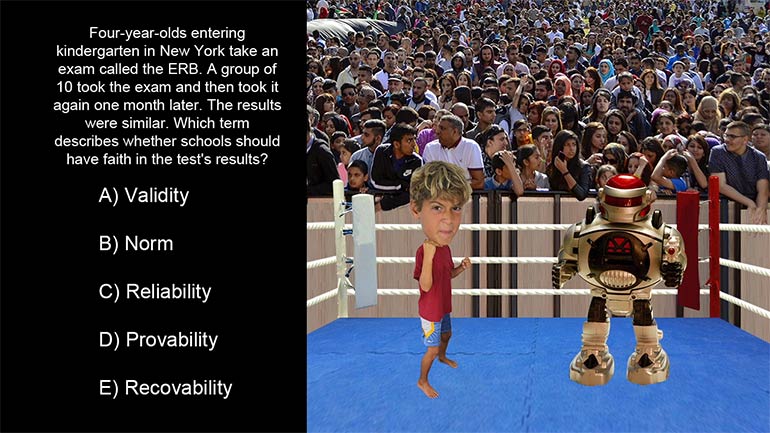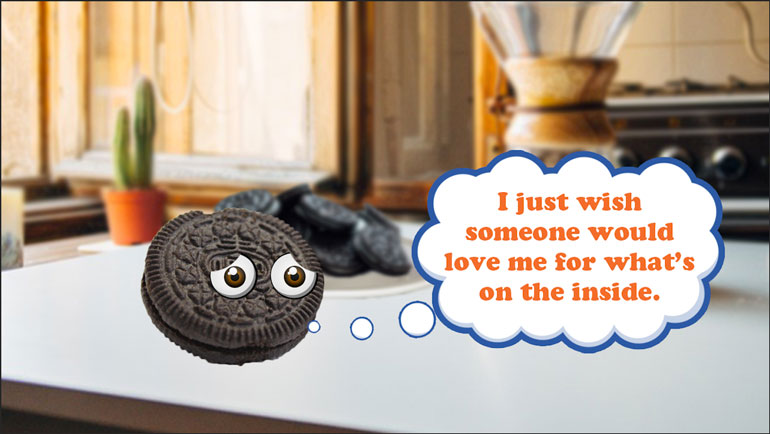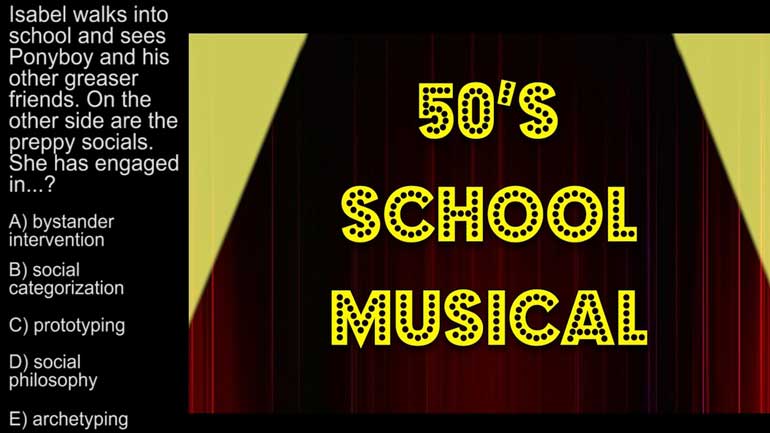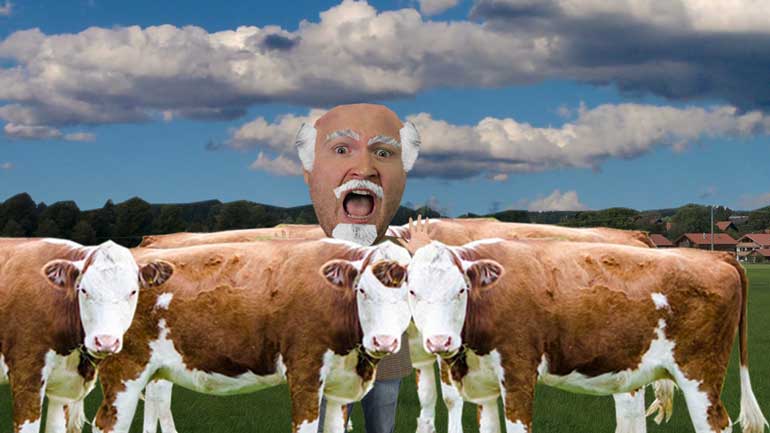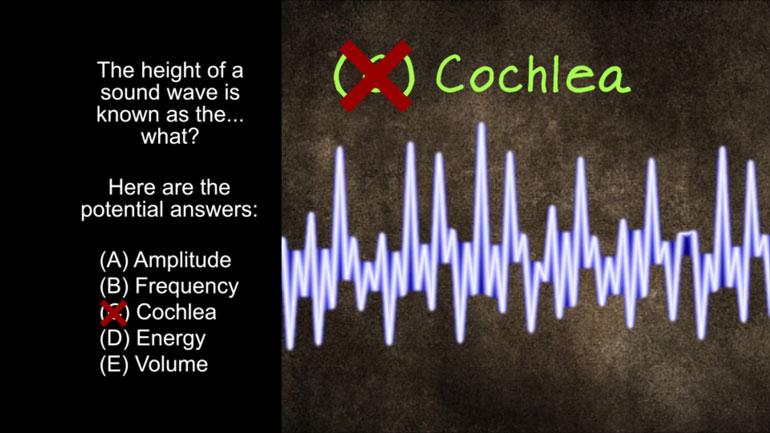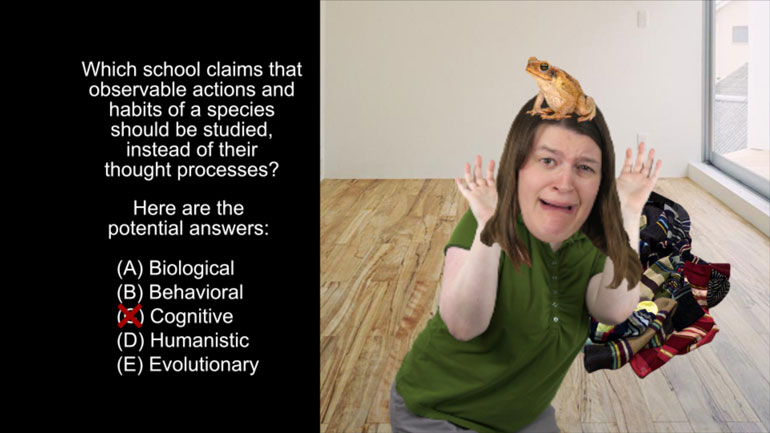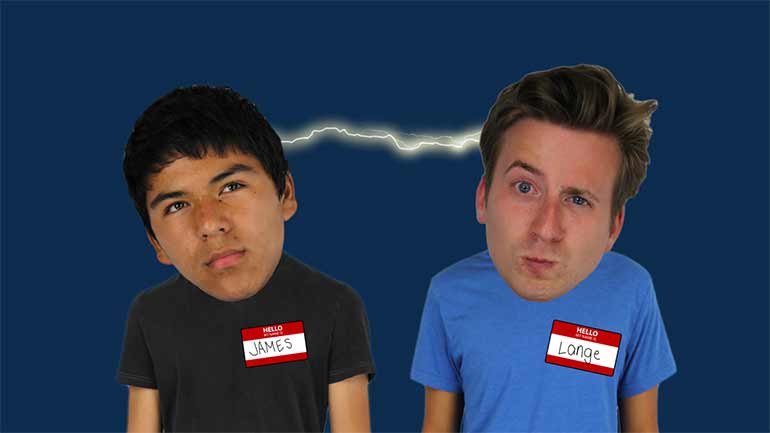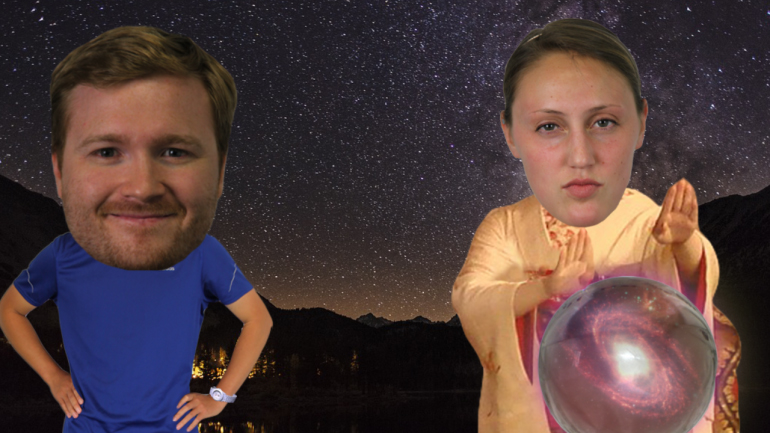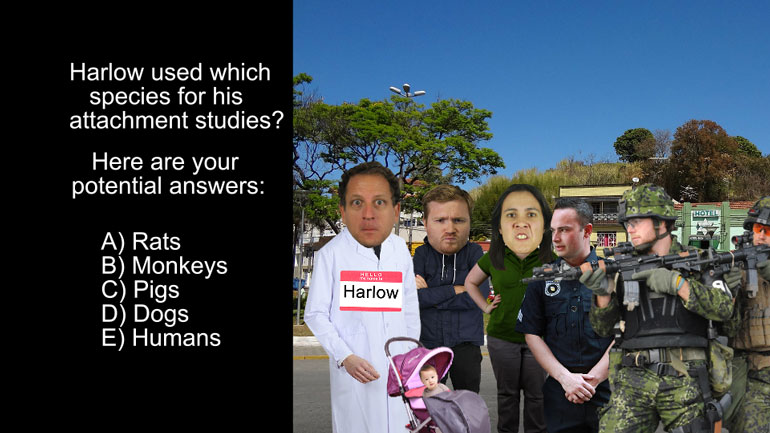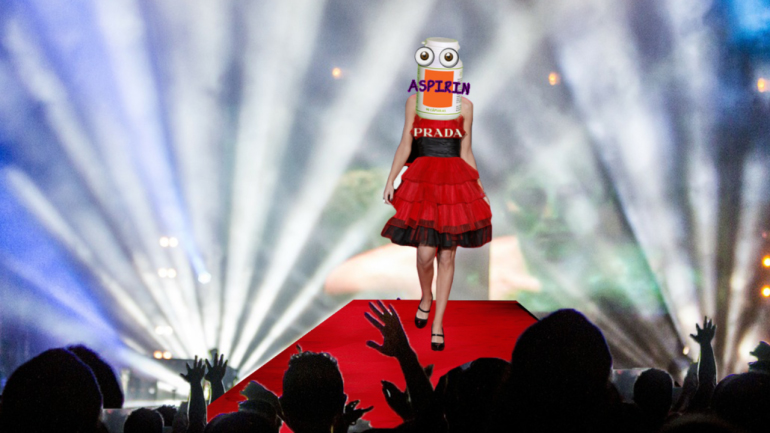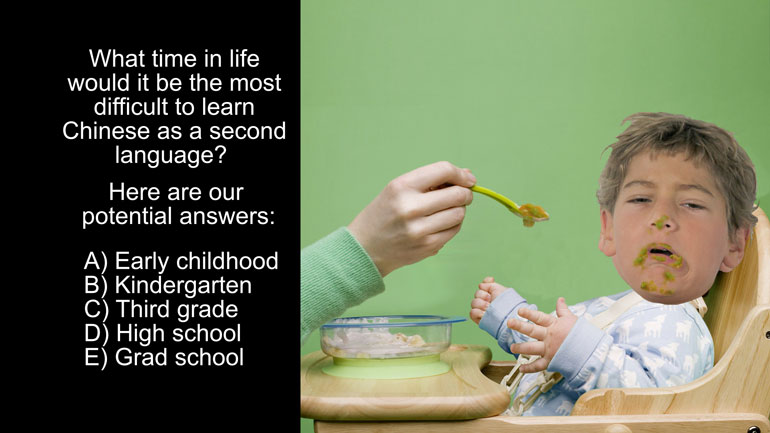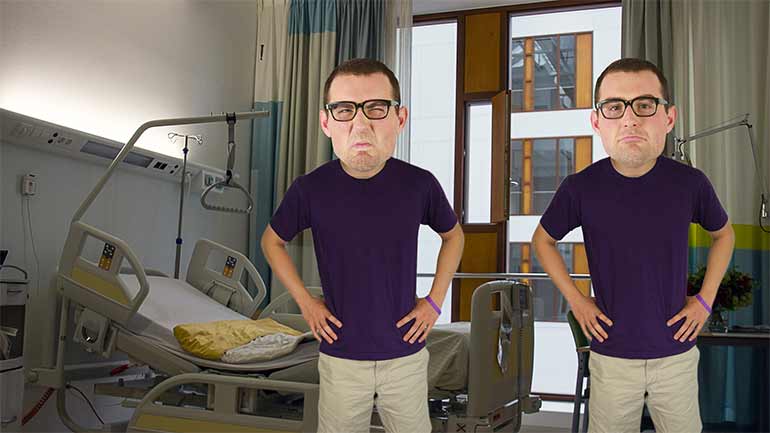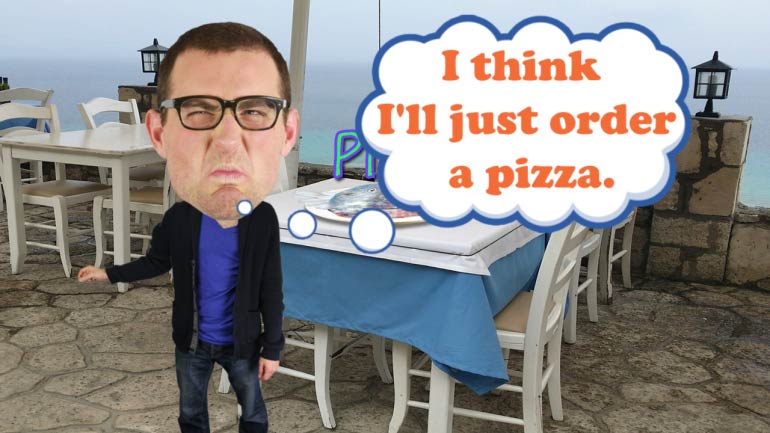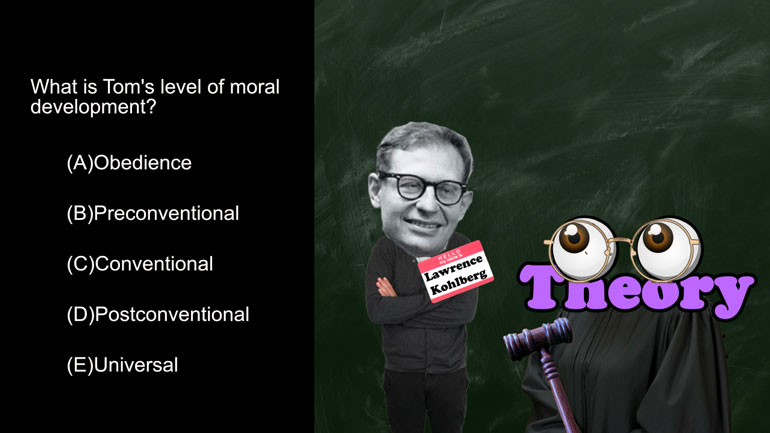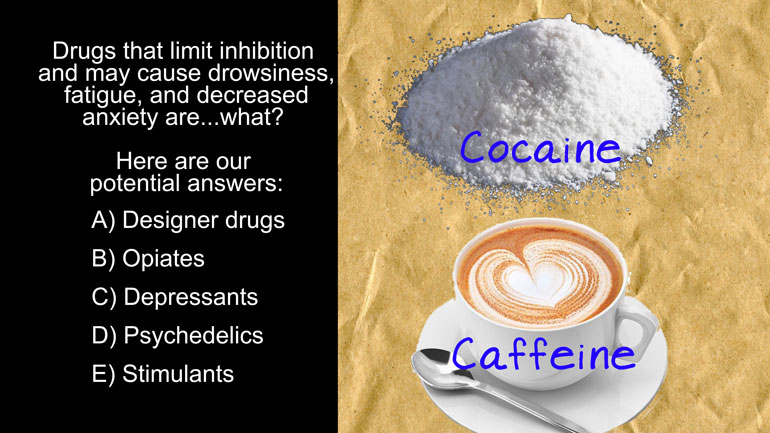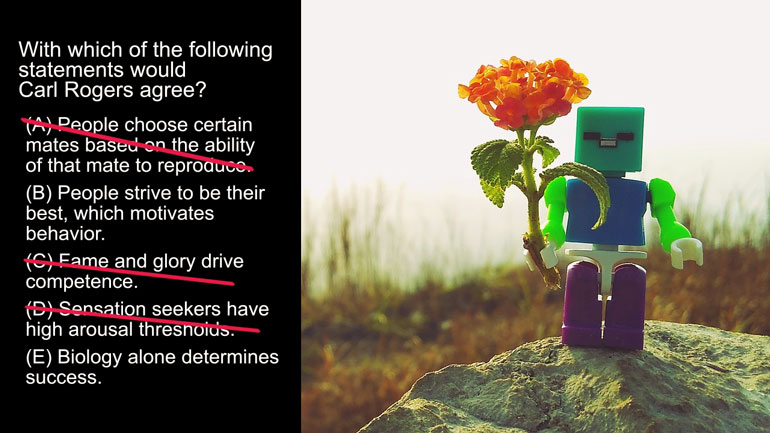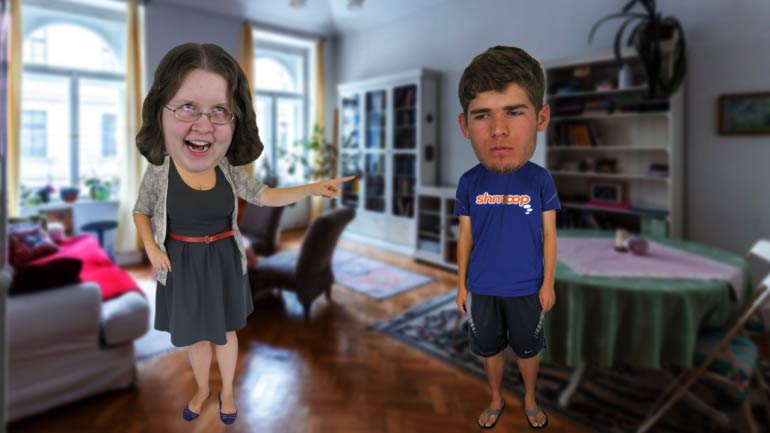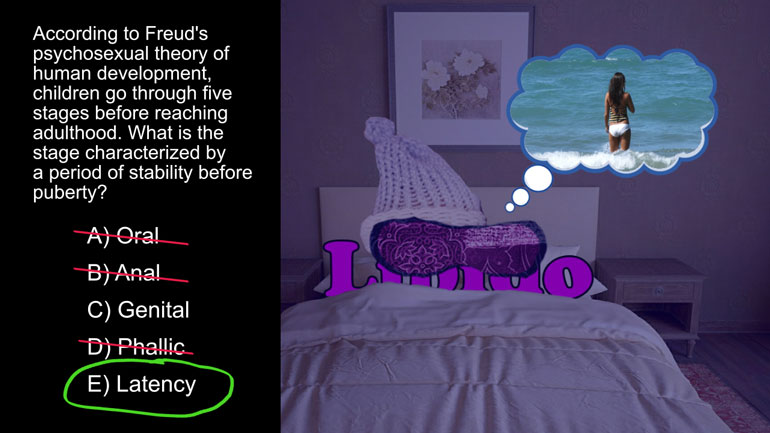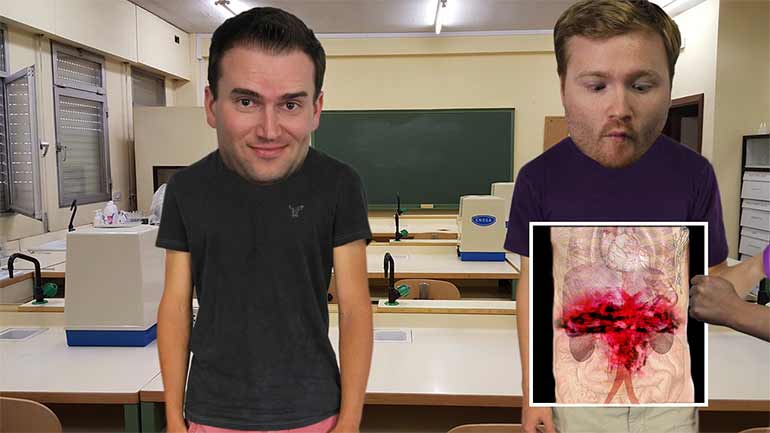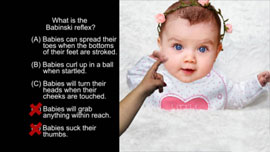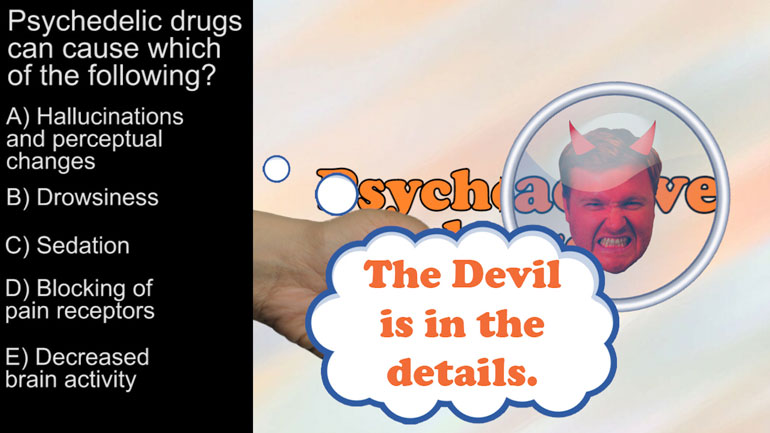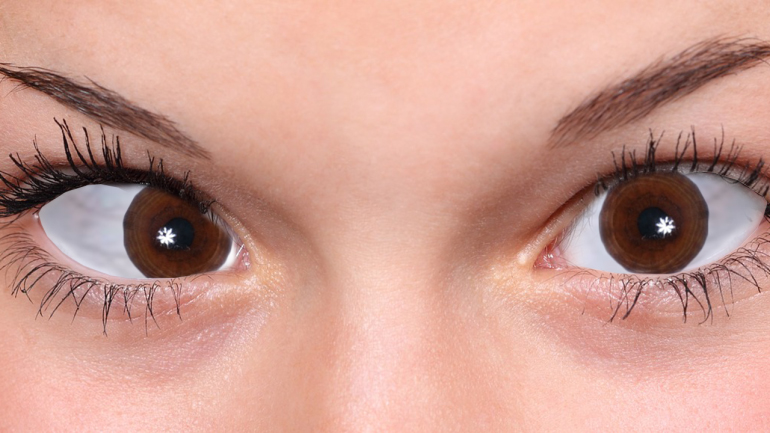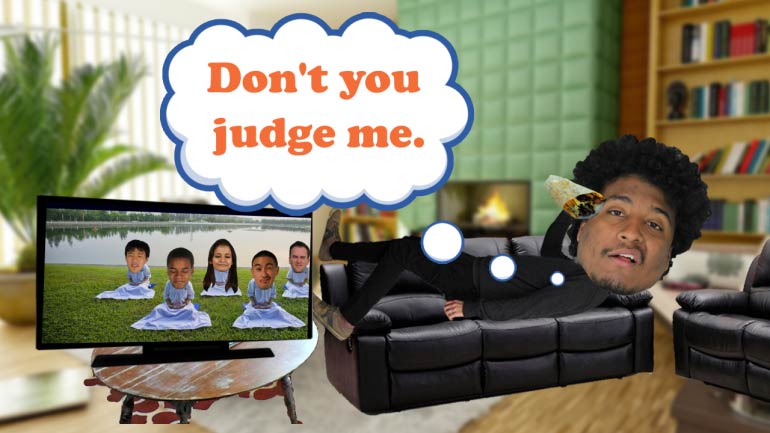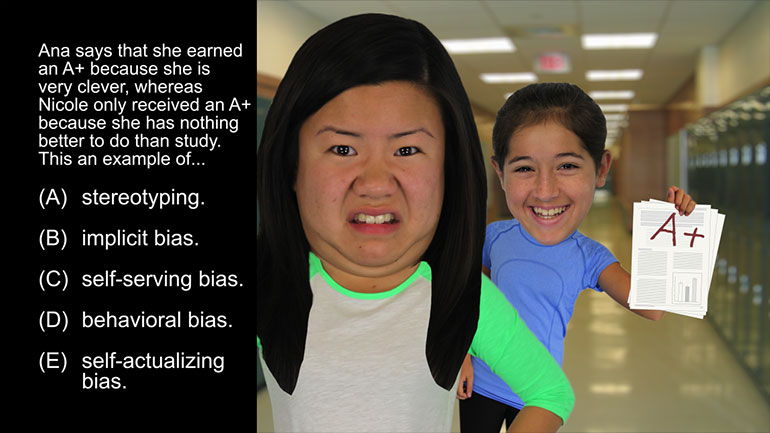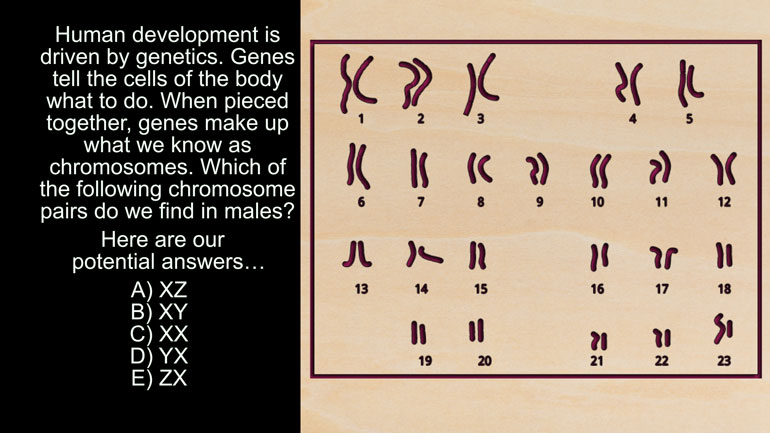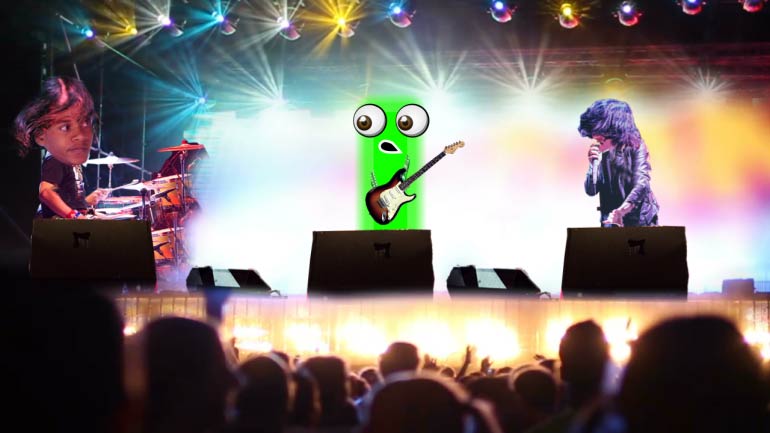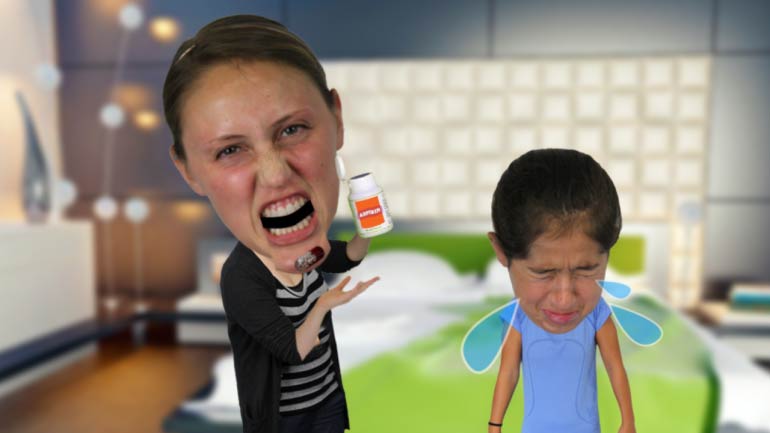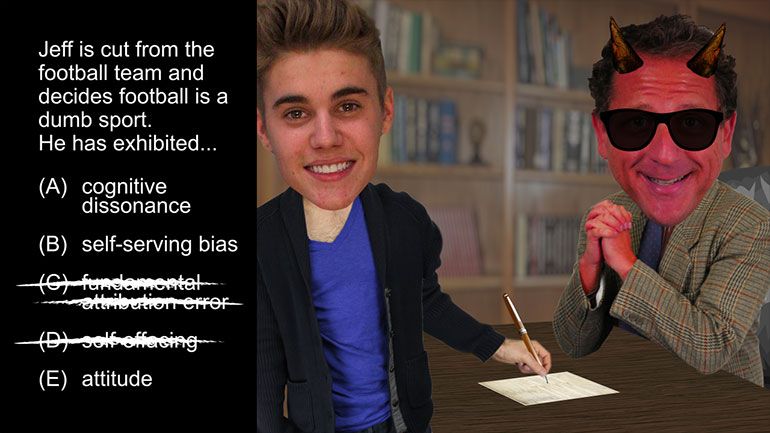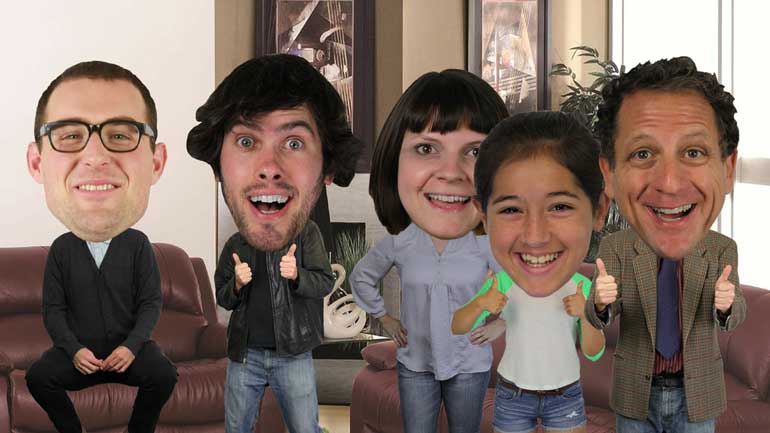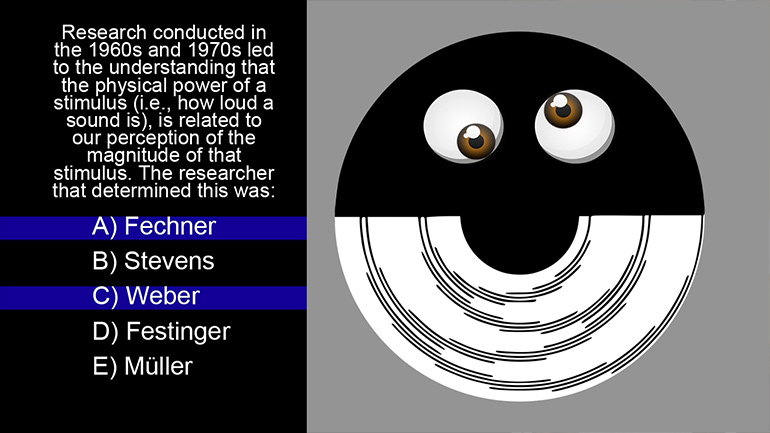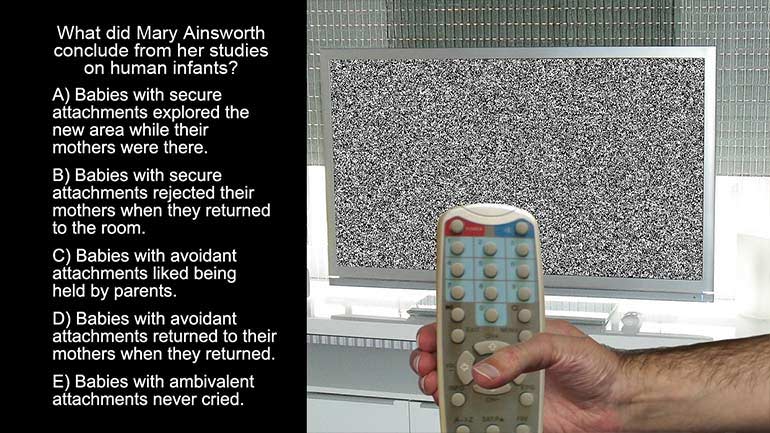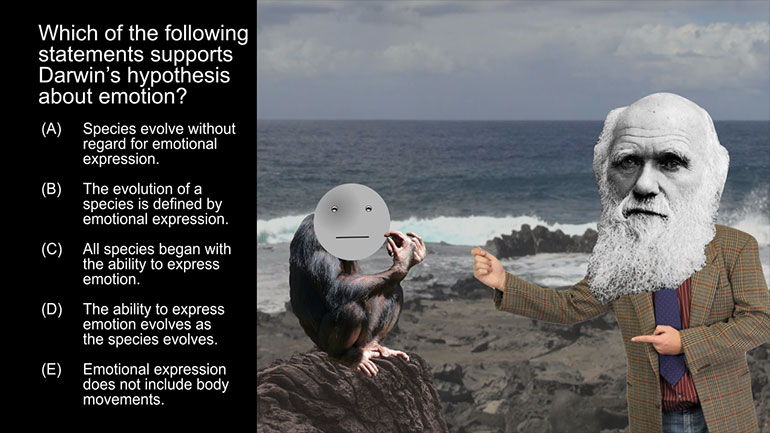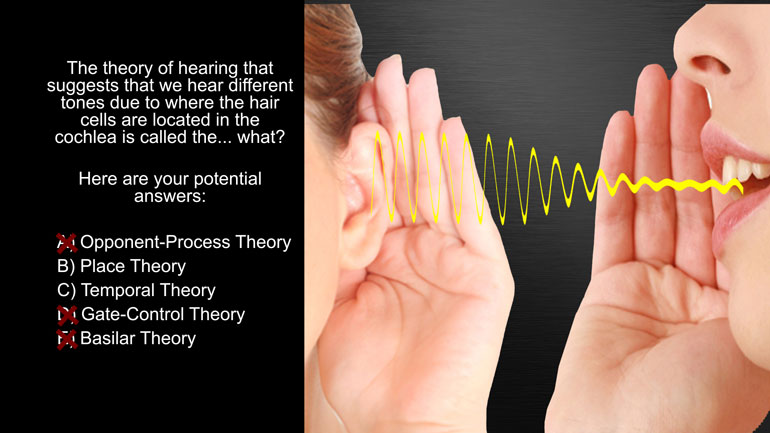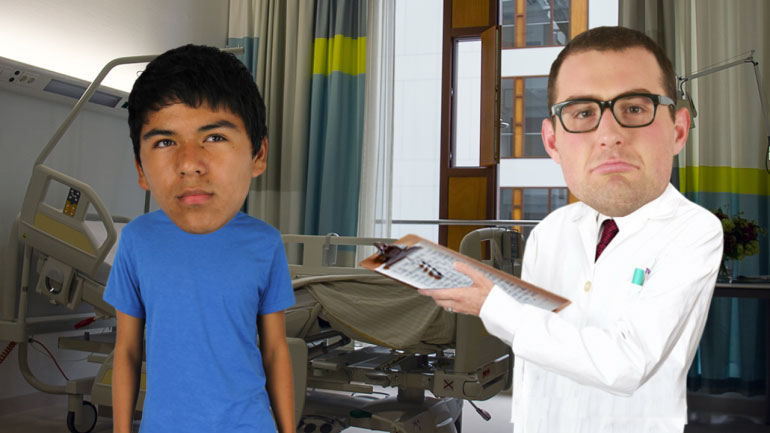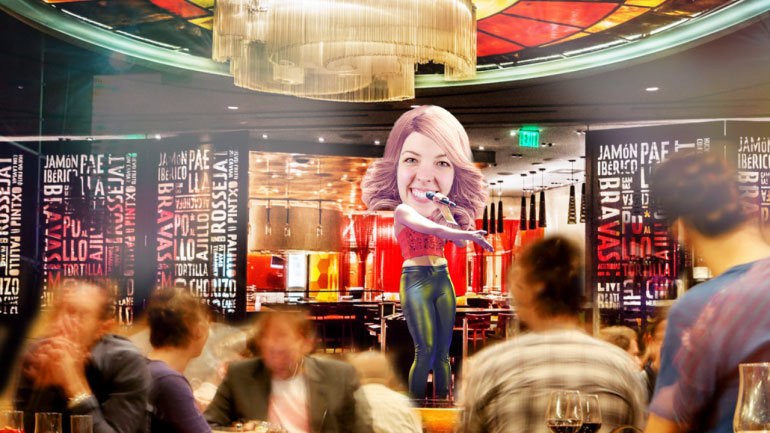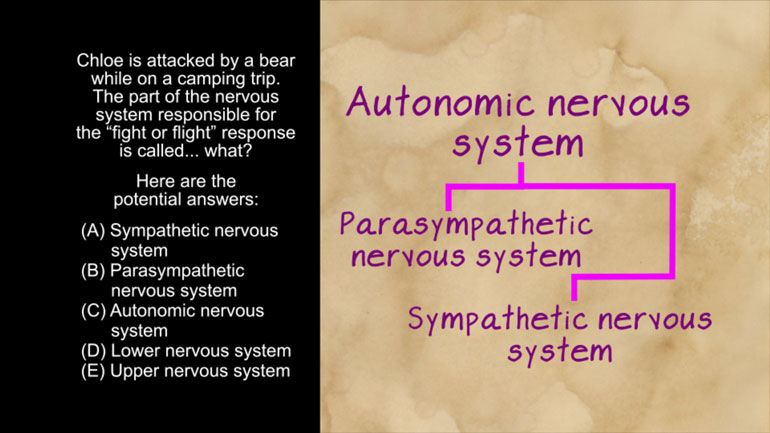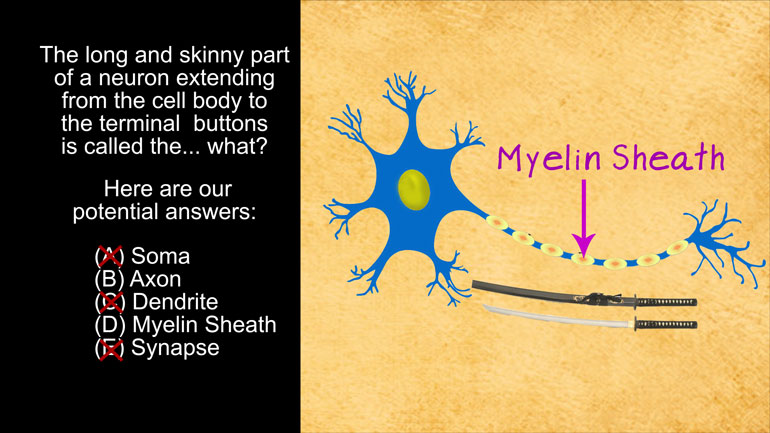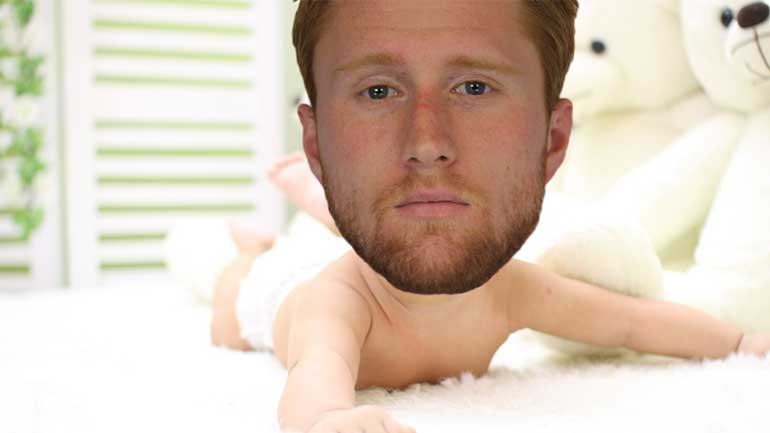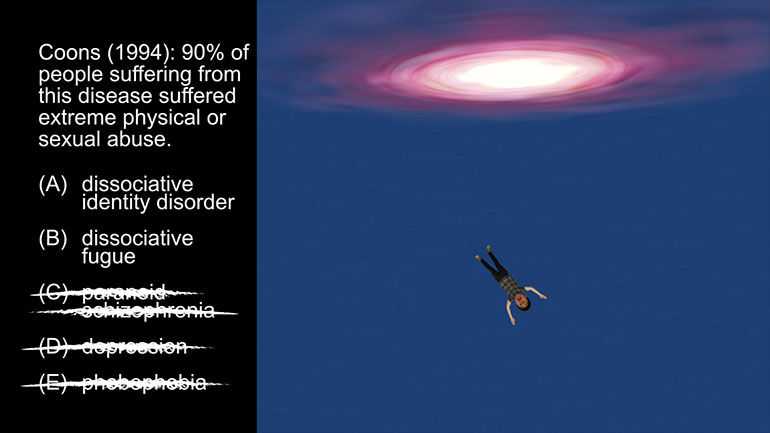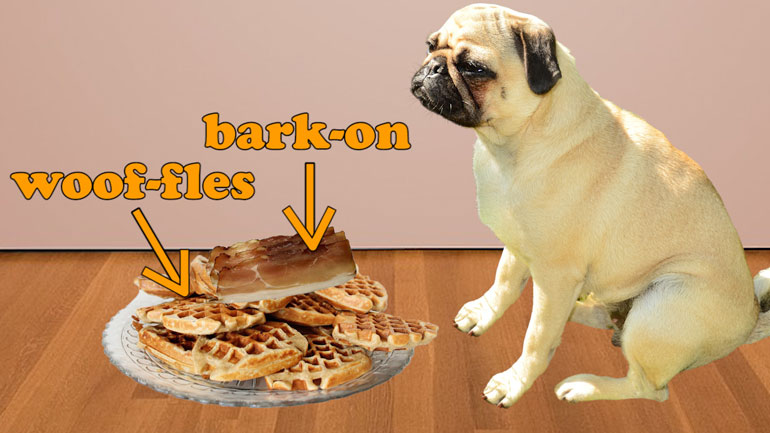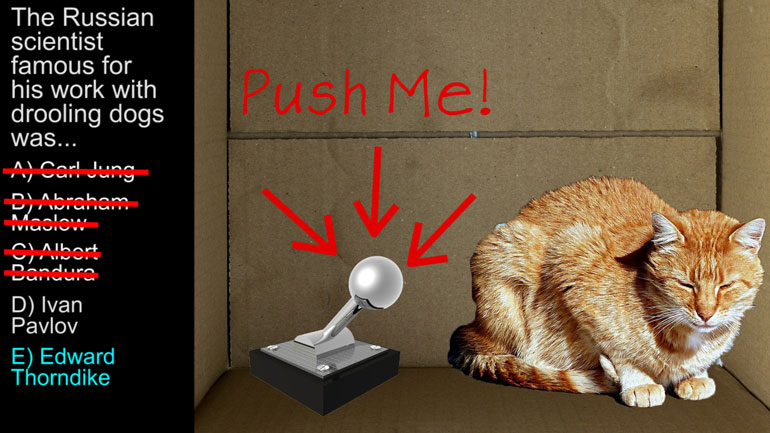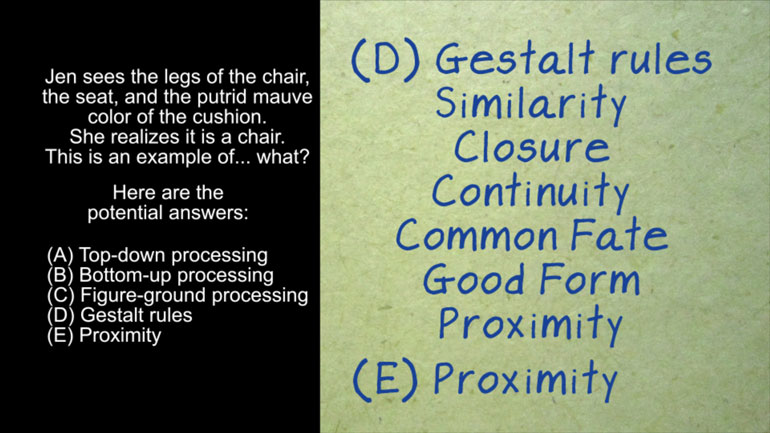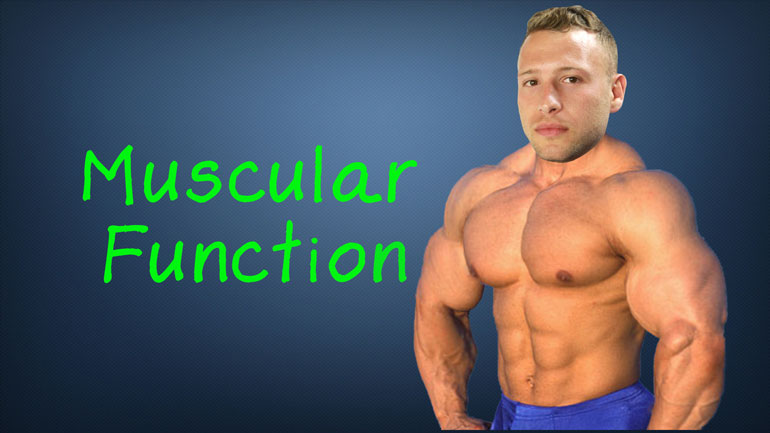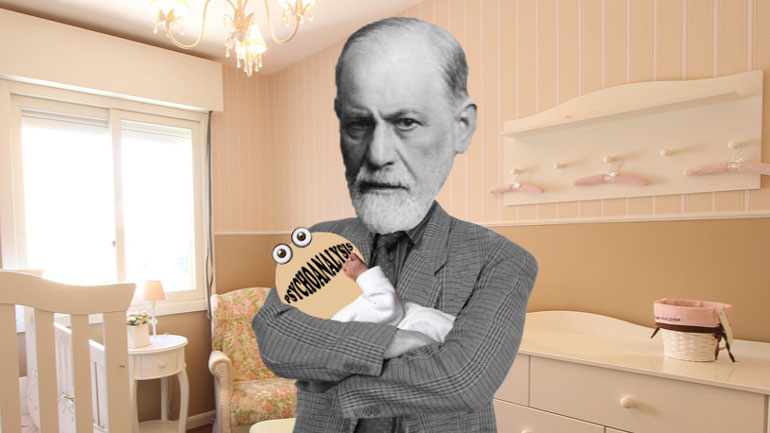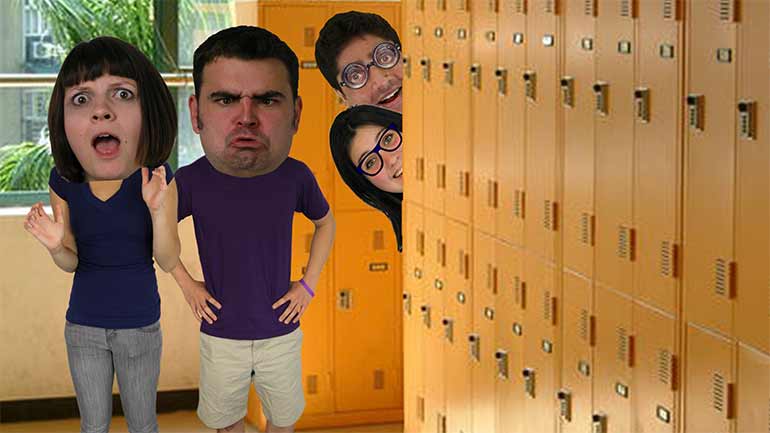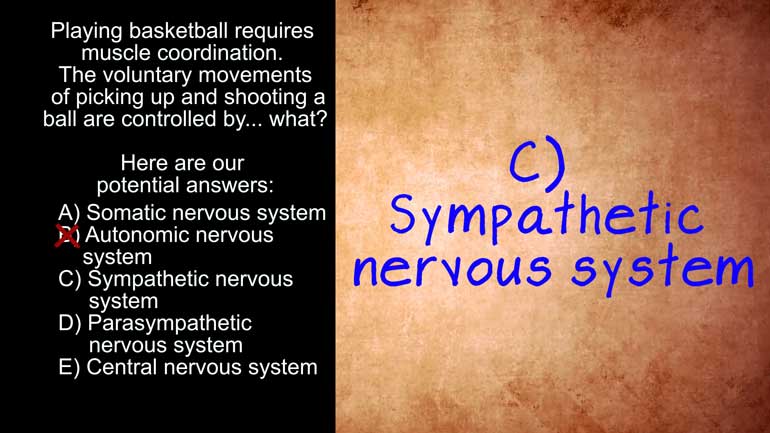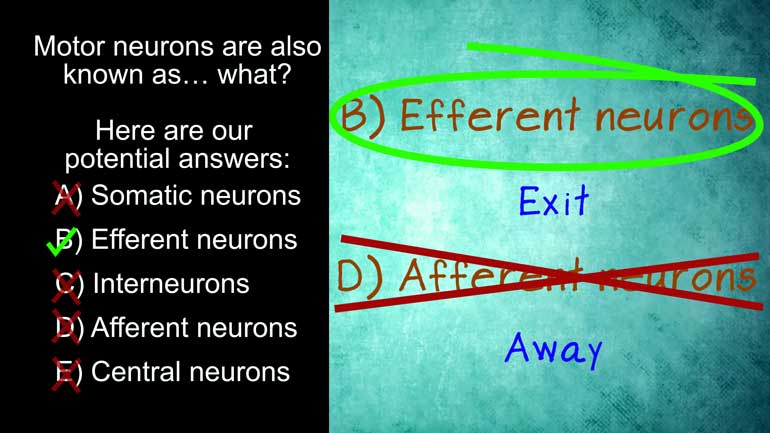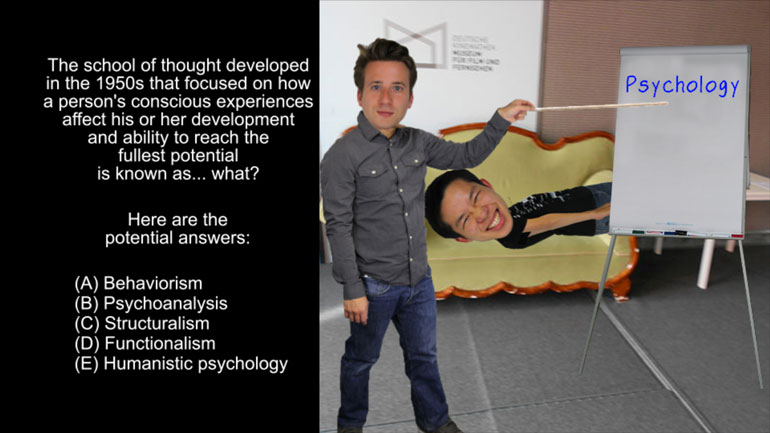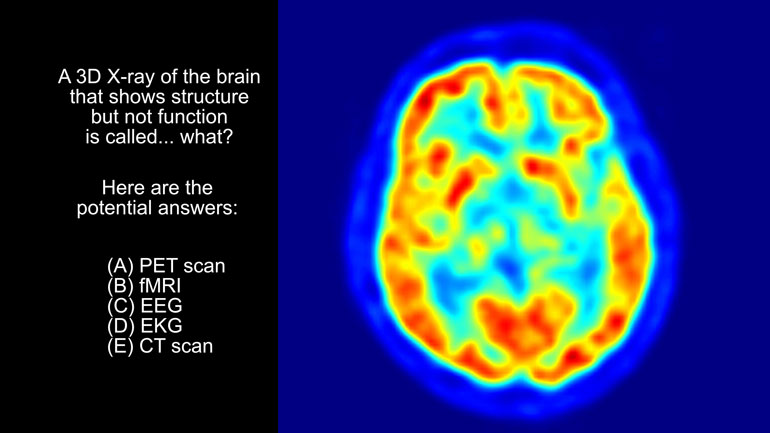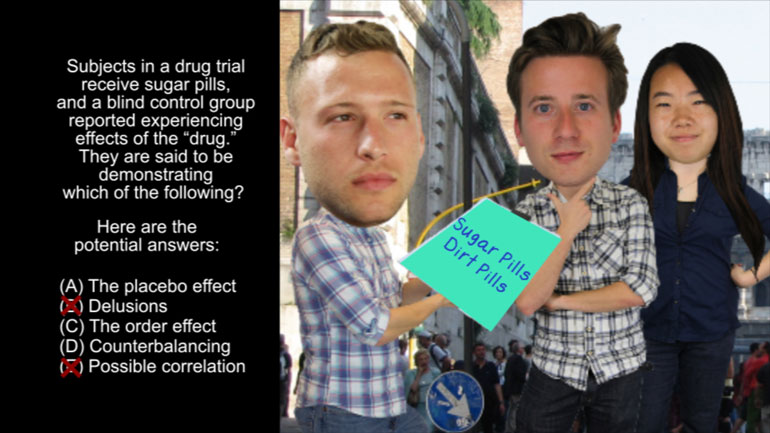ShmoopTube
Where Monty Python meets your 10th grade teacher.
Search Thousands of Shmoop Videos
AP Psychology Videos 163 videos
AP Psychology 2.2 Social Psychology. Which of the following was an independent variable manipulated in Asch's research?
AP Psychology 1.1 Personality. According to Freud, these three parts of personality are constantly in conflict.
AP Psychology 1.1 Sensation and Perception. The process by which the brain can turn sensory stimuli from the outside world into electrical signals...
AP Psychology 2.2 States of Consciousness 13 Views
Share It!
Description:
AP Psychology 2.2 States of Consciousness. Stimulants such as nicotine and amphetamines can be characterized by which of the following?
Transcript
- 00:04
Here's your shmoop du jour brought to you by lovey dovey
- 00:07
feelings they're the result of untreated cootie infection we've been there [Doctor talking to young boy]
- 00:12
alright here's today's question stimulants such as nicotine and
- 00:16
amphetamines can be characterized by which of the following and here are your
- 00:21
potential answers..
Full Transcript
- 00:25
well in case you haven't heard
- 00:29
it enough yet in your life don't do drugs kids and for good measure don't
- 00:33
smoke don't be mean to each other and don't double dip, yeah seriously [Person dipping bread into sauce]
- 00:37
one and done guys that's it okay back to our question so you know not to take
- 00:42
stimulants but if you did hypothetically speaking of course what would they do to
- 00:46
you would they give you A - frequent night terrors, well night terrors are somewhat
- 00:51
common in children and have a whole host of causes sleep deprivation, stress, fever [Boy terrified laying in bed]
- 00:55
and overfull bladder, migraines, head injuries and even some
- 00:59
drugs well drugs that cause night terrors include some antidepressants and
- 01:03
blood pressure medications believe it or not they can even come from withdrawal
- 01:07
from things like alcohol that's a whole bunch of stuff but none of it is [Person pouring wine into glass]
- 01:11
stimulant related sleep apnea a disorder that causes irregular shallow breathing [Boy breathing heavily while sleeping]
- 01:16
while asleep is caused by obstructed airways or relaxed throat muscles
- 01:20
obesity is a big cause of this one as fat deposits around the neck can
- 01:24
obstruct breathing yep neck fat.. the use of alcohol
- 01:30
sedatives and other depressant can also relax throat muscles and lead to sleep
- 01:34
apnea, well sleep apnea has even been linked to smoking cigarettes as the [Man smoking and drinking]
- 01:37
harsh smoke can inflame the inside of the throat but that's because the smoke
- 01:42
not the nicotine so we can cross out B...
- 01:44
how about D euphoria and lovey-dovey feelings well that sounds fun but second
- 01:50
you hear euphoria within the context of drug classifications you should be
- 01:54
thinking opiates made with or made to mimic extracts from the poppy plant [Lots of poppy plants in a field]
- 01:59
opiates like morphine and codeine are known for their endorphin releasing
- 02:03
euphoric effect which is why they're often used as painkillers but stimulants [Man taking opiates after injury]
- 02:09
they are not and that means that stimulants
- 02:11
cause C - increased brain activity and severe addiction after all stimulants
- 02:17
are often referred to as uppers for their ability to increase mental [Man focused on work]
- 02:20
awareness focus and ability and when a drug can increase your cognitive
- 02:25
performance it's a pretty safe bet that it's going to be highly addictive too so
- 02:29
C is the correct answer but more importantly none of you
- 02:32
have double dipped since this video started right okay good our work here is done [Boy single dips a chip]
Related Videos
AP Psychology 2.2 Social Psychology. Which of the following was an independent variable manipulated in Asch's research?
AP Psychology 1.1 Personality. According to Freud, these three parts of personality are constantly in conflict.
AP Psychology 1.1 Sensation and Perception. The process by which the brain can turn sensory stimuli from the outside world into electrical signals...
AP Psychology 1.1 Social Psychology. Which of the following best describes social psychology?
AP Psychology 1.1 States of Consciousness. Who conducted research on REM sleep deprivations?
